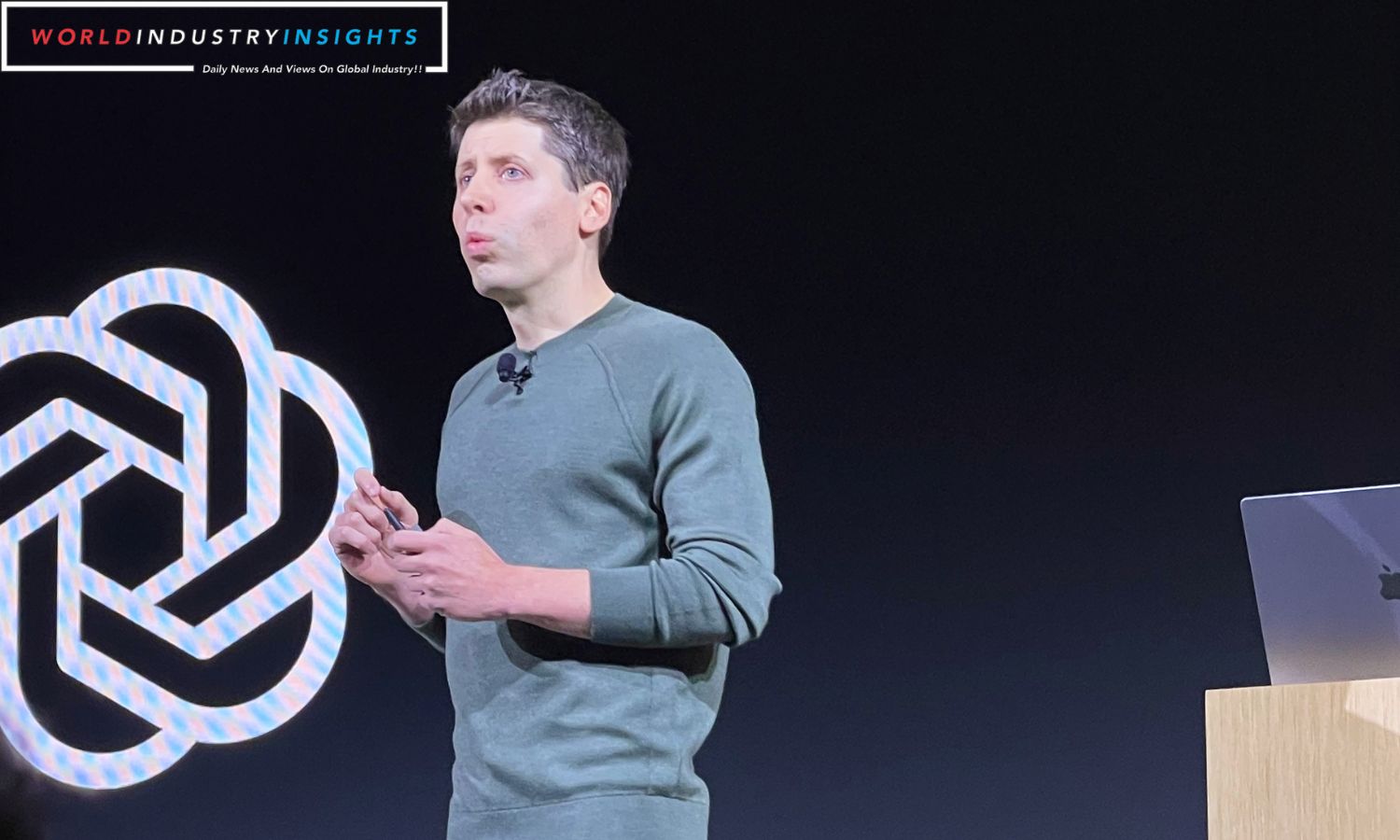OpenAI in Chaos : In a dramatic turn of events at OpenAI, the nonprofit board overseeing the AI company has ousted CEO Sam Altman, causing a ripple effect in Silicon Valley. Almost all of the company’s 700 employees have threatened to resign unless the board steps down, and Microsoft CEO Satya Nadella, a significant financial supporter, has advocated for governance changes.
The upheaval has prompted investors to consider their legal options, underscoring a broader debate on how to develop potentially disruptive AI technology safely. Legal experts suggest that due to OpenAI’s nonprofit status, the power to compel changes lies with judges or state attorneys general.
Alexander Reid, an attorney at BakerHostetler, noted that judges or attorneys general could force the current board to step down or make changes. Attorneys general have broad authority to seek reforms, ranging from leadership changes to shutting down an organization, especially in cases of fraud or illegal conflicts of interest.
The situation has parallels with Hershey Co, where the Pennsylvania attorney general prompted leadership changes in response to challenges to the candymaker’s trust spending. While nonprofit enforcement may be lacking, scholars emphasize that nonprofits tend to self-police to avoid scandals impacting donations.
Also Read: OpenAI Drama Unfolds: Altmans Surprise Return Amidst Leadership Turmoil
OpenAI’s for-profit arm is under the control of a nonprofit, designed to prevent decisions about powerful technology from being driven solely by corporate interests. This structure poses challenges for investors looking to sue the board over Altman’s firing, as the bylaws stipulate that only directors can remove or elect new board members.
The board composition, with three independent directors and OpenAI chief scientist Ilya Sutskever, who participated in Altman’s removal, further complicates the situation. Sutskever may be the only individual positioned to formally challenge the board’s decision, as board members can sue each other for failing to fulfill their duties, typically in cases of suspected malfeasance related to spending or compensation.
The unfolding dynamics at OpenAI highlight the complex interplay between organizational governance, control, and the rapidly evolving field of artificial intelligence. The company’s ability to navigate this crisis will shape its future trajectory and impact the broader AI landscape.
Our Reader’s Queries
What is the controversy with OpenAI?
The recent OpenAI controversy highlights a common governance issue – the confusion between the roles of the board and management. This problem is not limited to the tech industry and requires a better understanding of the proper responsibilities of each party.
What exactly happened with OpenAI?
New information is surfacing about the recent events at OpenAI, and it’s quite astonishing. The company was on the brink of collapse when its board dismissed CEO Sam Altman, which led to a massive staff uprising. The situation was more chaotic than anyone could have imagined.
Who is OpenAI’s biggest competitor?
Discover how OpenAI stacks up against its rivals, including Anthropic, AI Redefined, and Mistral AI. Anthropic is a leading provider of AI safety and research solutions, with a focus on creating advanced language models and general AI systems.
Is OpenAI no longer open source?
Initially established as an open-source non-profit organization to counterbalance Google, OpenAI was aptly named “Open” AI. However, it has now transformed into a closed-source, profit-driven entity that is essentially under the control of Microsoft. Despite its original intentions, OpenAI has taken a different direction, prioritizing maximum profit over its initial open-source values.


